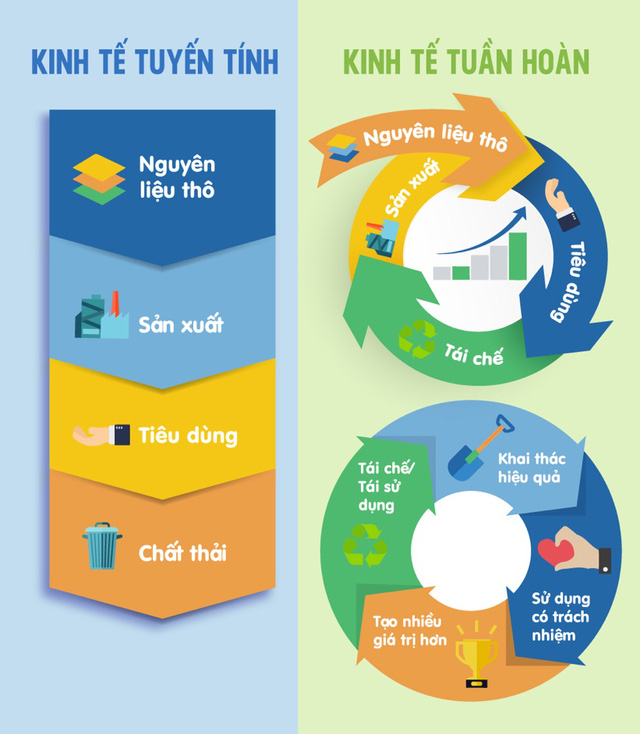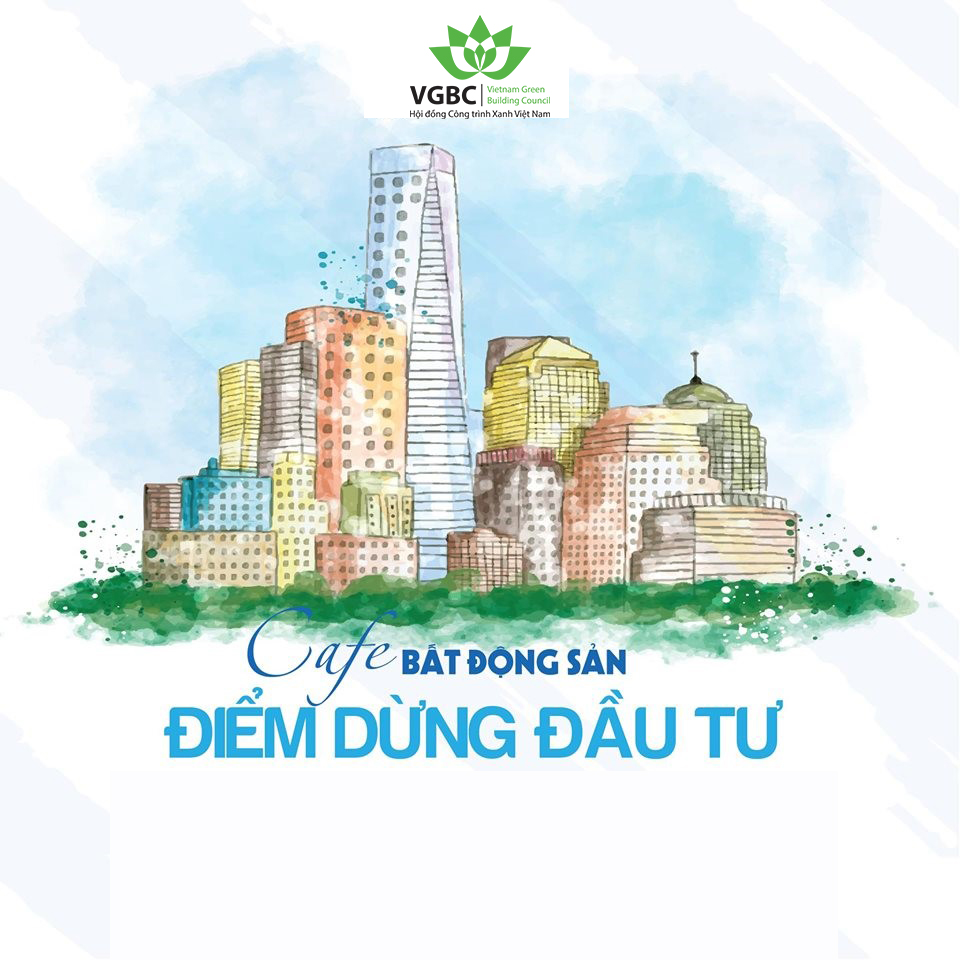Following the success in Ho Chi Minh city, “Busting the myth of costly green buildings” was held for the second time on 16th May, 2014 in Hanoi thanks to sponsors of Turner Construction Company and PMC. The event once demonstrates the emerging concern about green buildings in architecture, investor and developer circles, academic sectors and other stakeholders in the construction field in Hanoi, commonly considered as a gloomy market for green building development as compared to other areas such as Ho Chi Minh City and its surrounding areas. This truly sparks a brighter sign for government and stakeholders to be able to identify the need and attention to green building trend gradually replicating all over the nation.
The workshop was also the platform for experience sharing of Mr. Paul Winfindale and Mr. Dinh Cong Phuc, 2 representatives from Turner, ranked top 1 of 100 green contractors in USA by ENR magazine with many years of experience in green building management of LEED projects such as Yale University Health Services Center, Silicon Valley Data Center, Microsoft Technology Center, World Trade Center Tower 2 and recently VietinBank in Vietnam registering LOTUS Silver right after LOTUS certification officially launched in Vietnam. Through these projects, Turner affirmed energy-saving figures of 14-60% along with other clear advantages from green buildings as follows.



Mr. Mark Olive from Langdon & Seah Vietnam, price assessment for many green buildings including Vietin Bank and Green One UN House presented a convincing number with regard to the cost-benefit. When analyzing the iceberg principle, not only can we see the surface of current construction such as capital cost of land, furniture purchase and building but also the sunk parts under the iceberg surface including building maintenance, furniture depreciation, and staff-related cost during the building operation, for which the users and owners hardly quantify the exact number right at the beginning of the construction process and have to pay at a considerably high expenses afterward. In a green building, despite the investment cost for the upper front side of it is quite high but the total cost for the underlying parts goes through a significant decline continuously. Therefore, the total expenditure in green buildings drops gradually over time but the quality of such buildings is maintained. This might be contradictory to conventional buildings when the initial investment is cheap but the maintenance, staff-related, energy and water costs rises and somehow inversely proportional to the service quality.

Besides, Mr. Dao Tien Phuong from Property & Management Company with years of experience in real estate and building project in Vietnam market shared many practical ideas in systems such as air conditioning, ventilation, lighting, power systems as well as suggested a careful schedule of maintenance and management for the whole system in order to ensure the effectiveness in energy consumption and environmental impact control, etc. Obvious benefits of energy efficiency for PMC’s buildings has been recognized and honored by national and regional award competitions.
It can be seen that it is not a random case that giant corporation and companies in the world and a small number of domestic enterprises choose to follow green features for their projects. Only through precise analysis and assessment together with a strategic vision do industry experts meet at the convergence to start up in the same route, a pathway for sustainable development. Once the number of green buildings continues to go up, Vietnam absolutely needs to open our mind and takes proper actions to escape from the name of “developing” country to become a “developed” country in the construction sector to align with the direction of sustainability.
Tintuc (Vietnam News Agency), Vietnam Investment Review, Ashui, Communist Party of Vietnam Online Newspaper, Baotintuc, KienViet

 Tiếng Việt
Tiếng Việt



